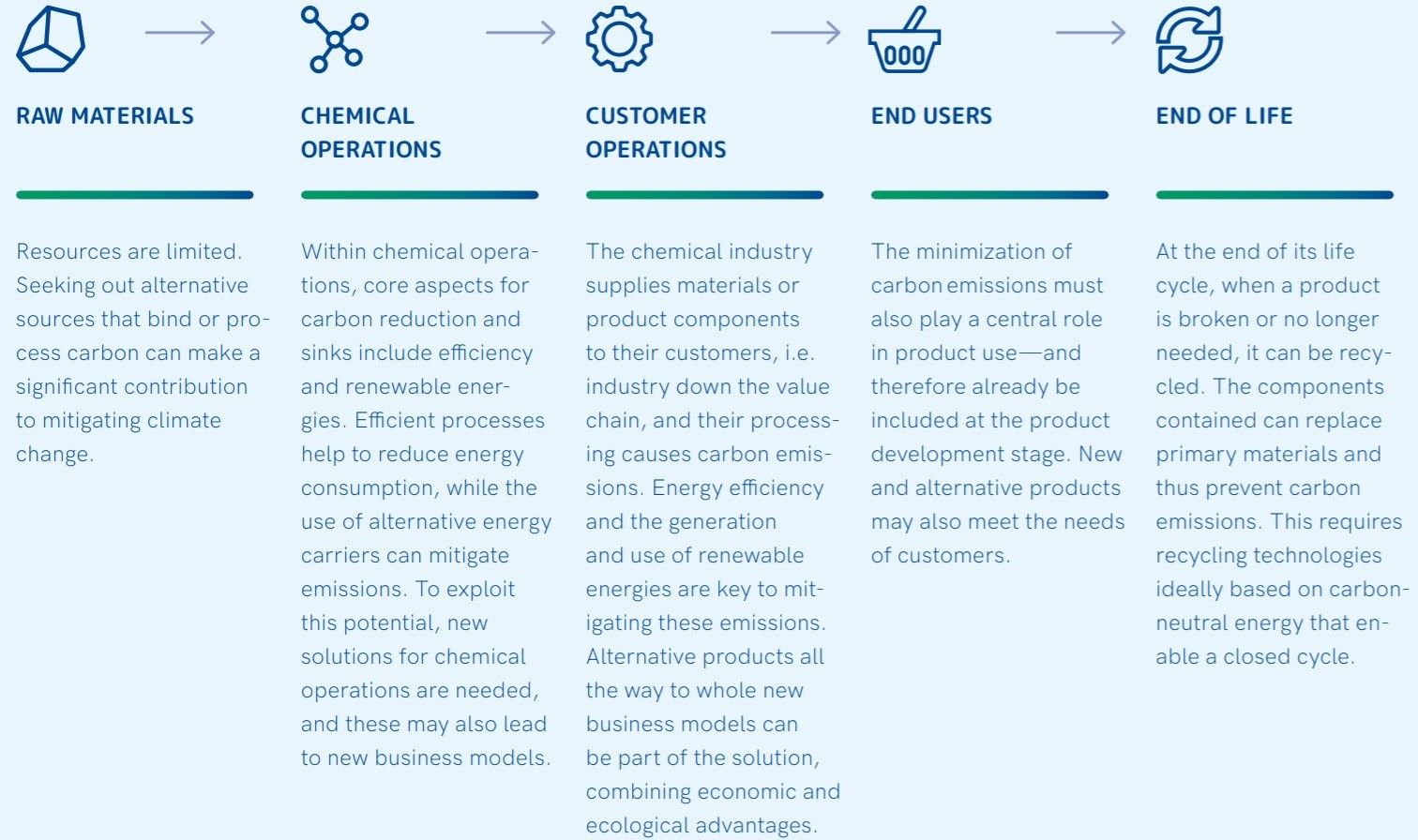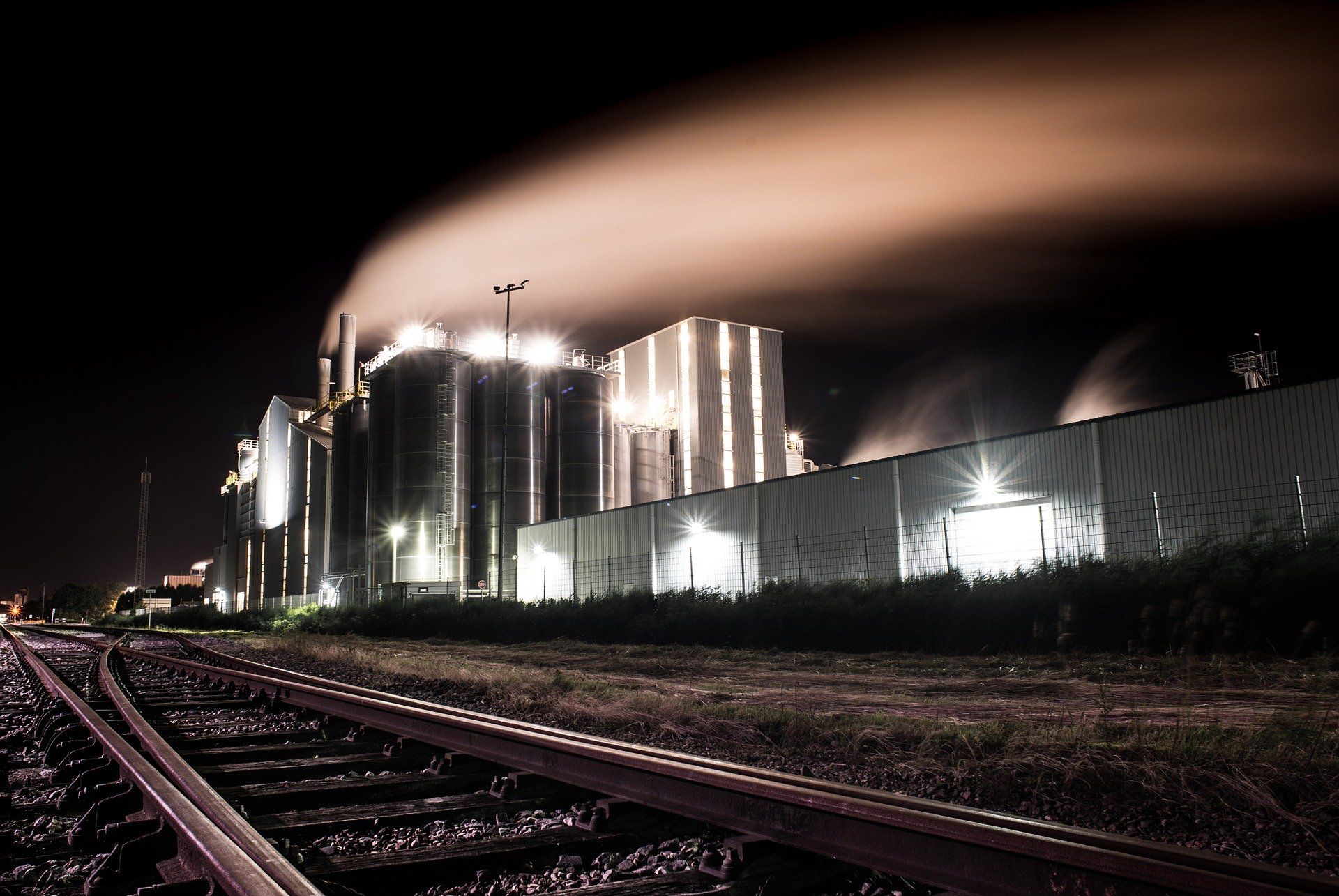Most pundits agree that the recent UN Climate Change Conference COP 25 held in Madrid in December 2019 was unsuccessful. The Guardian newspaper describing it as a, “… conference marked by squabbling and deferral, yielding little progress despite protests.”
Adding that, governments gave, “… a partial admission that carbon-cutting targets are too weak, but few concrete plans to strengthen them in line with the Paris agreement.”
Despite this, at least the chemical industry was able to outline a path towards climate-friendly change, as the International Council of Chemical Associations (ICCA) presented a range of chemistry-based products and solutions that will make a low-carbon economy possible.

The report concluded that there were five main areas where low-carbon transformations can be achieved, these are:
· Power generation and storage
· Mobility and transport
· Nutrition and agriculture
· Building and housing
· Industry and production
Working inside these sectors, the report’s authors interviewed representatives from end-user industries, held workshops with experts from around the world, and analysed thousands of pieces of research. From this they were able to identify a long list of more than 1,000 potential new chemical products and production methods.

Experts were then invited to give feedback on the list, with a specific focus towards market penetration, time to market, technical feasibility, and ultimately, potential impact on carbon emissions. Based on these factors, and following a final feasibility assessment, the list was reduced to 17 clusters, and offered an example for each cluster of how the chemical industry could innovate to lessen environmental impact.
As the European Chemcial Industry Council (Cefic) press release explains, “While there are over 100 solutions and products developed by the industry to accelerate transition to a low-carbon economy, the study zooms in on 17 of them which have the largest CO2-saving potential. Combined, these solutions could lead to emissions reductions of about 5-10 Gigatons by 2050.”
This path to a greener chemicals industry came at the same time as research published while the COP 25 talks were continuing. A study which showed that greenhouse gas emissions have risen by 4% since 2015, when the Paris accord was signed. The report also outlined how carbon emissions will need to be reduced by more than 7% a year in the next decade to heed scientific advice.
Given the lack of ambition among politicians, it may well fall on the private sector and industrial manufacturers to make the changes necessary. Public demand for cleaner consumer products with lower environmental impact is high, although the means to avoid fossil fuels, intensive farming, petrochemical cleaners, palm oil products, non-bioplastics, and more recycled and recyclable goods is absent from many markets.

It may then fall upon individual chemical companies to lead the way. With this in mind, the report laid out by the ICCA, offers a clear path to making real, practical changes in the short term to reduce GHG emissions by 25%.
While that in itself will be insufficient to prevent global warming, it is poignant that the leaders of the ‘dirty and poisonous’ chemical industry are showing a more constructive solution to the problem than actual government.
“When it comes to climate protection, one thing has become abundantly clear: The world is in need of a far-reaching transformation that pervades all aspects of society,” says Nobuyuki Kawashima, Chairman ICCA Energy and Climate Change Leadership Group. “The global chemical industry can play a significant role and be a true enabler. Its technical and innovative potential, both in its own field and through collaborations with other industries, is enormous in facilitating the transition toward a low-carbon society.”
The full study, entitled “Enabling the Future: Chemistry Innovations for a Low Carbon Society” can be accessed on this link (pdf).
Photo credit: ICCA, Yahoonews, Capeandislands, & FAO